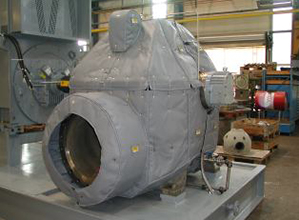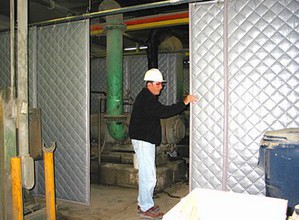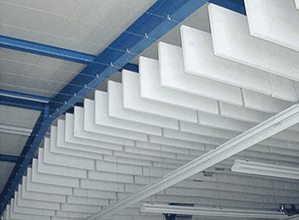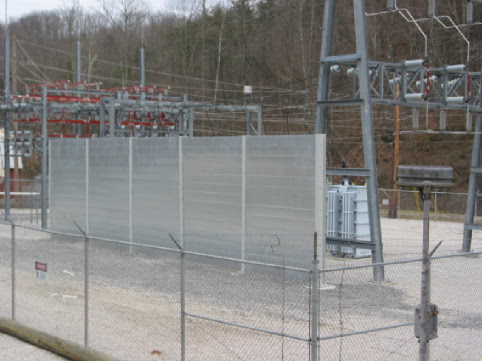What causes transformer noise? How to stop transformer noise?
These are two questions eNoise Control frequently hears. We have measured transformer and reactor noise in the field and have several years of experience in treating this low frequency humming noise.
The following excerpt from a 2012 Federal Pacific article details transformer noise and potential solutions. Our company can help with sound measurements, property line noise readings, and possible solutions, including sound walls and sound enclosures.
Transformer noise is caused by a phenomenon called magnetostriction. In very simple terms this means that if a piece of magnetic sheet steel is magnetized it will extend itself. When the magnetization is taken away, it goes back to its original condition. A transformer is magnetically excited by an alternating voltage and current so that it becomes extended and contracted twice during a full cycle of magnetization.
We have established that the transformer hum is caused by the extension and contraction of the core laminations when magnetized. Under alternating fluxes, we can expect this extension and contraction to take place twice during a normal voltage or current cycle. This means that the transformer is vibrating at twice the frequency of the supply, i.e. for 60 cycles per second supply frequency, the noise or vibration is moving at 120 cycles per second. This is called the fundamental noise frequency.
- Transformer noise is produced by the core.
- The amount of noise is generally fixed by the design of the transformer.
- Adjustments to a design to reduce the noise level can be made at cost, but don’t expect a huge reduction in the noise level.
- Loading a transformer has little effect on the noise level.
- Vibrations are produced as well as noise and these are just as important as the noise.
We have established that the core and coils of a transformer will, when magnetized, produce a hum (noise) and mechanical vibrations, but, the transformer category will also have an effect on what happens once the noise and vibration is produced.
Summary regarding noise control of transformers and reactors:
- Transformer noise is difficult to change at the source.
- Transformer core constructions help to a degree. Reputable manufactures will use good joints, flat steel, consistent thickness, good core supports, few bolts, etc.
- Transformer current loading has little or no effect on the noise level.
- Placing transformers in liquid (oil) does not help since oils are incompressible.
- Vibration-isolating core and coils within a tank does assist vibration isolation although isolation of the whole tank is still needed.
- Noise reduction by distance is the simplest form of attenuation. If it can be achieved without cost – excellent. Usually it cannot.
- Noise reduction by sound screens or sound walls would be next best option for sound attenuation.
- Full enclosure is usually the only option left to a troublesome transformer.
- Full enclosure can be made of any material with a high mass/weight ratio. Brick, concrete, steel have been used. Expect 25 to 30 dB(A) reductions.
- Full enclosures using masonry products are not easily demountable.
- Acoustic steel panel techniques make good demountable enclosures. A 15 to 20 dB(A) reduction is possible with properly designed enclosures.
If you are looking for an effective way to reduce transformer noise, check out our selection of sound blankets and outdoor sound blankets. If you are looking for a tailored solution for your transformer noise reduction needs, talk with our acoustical consultant experts today!





